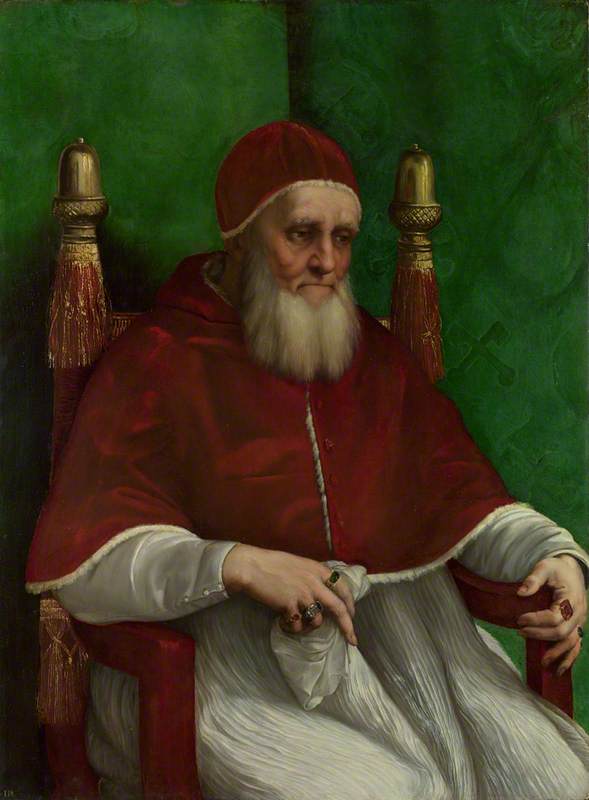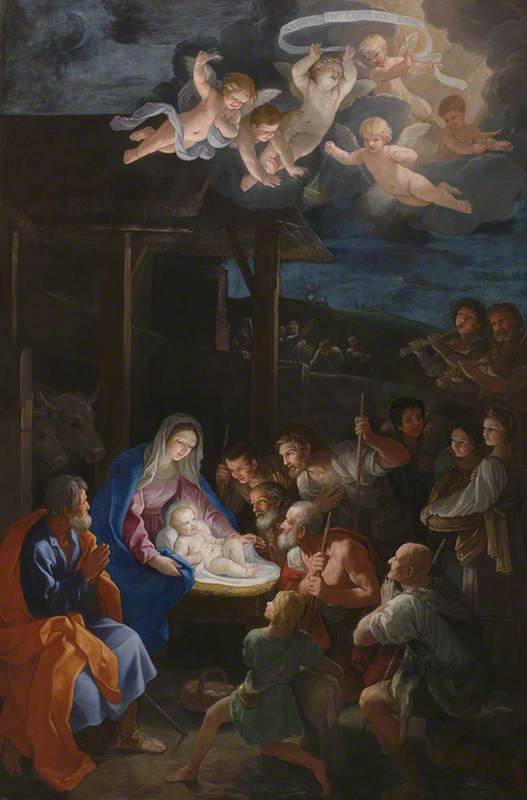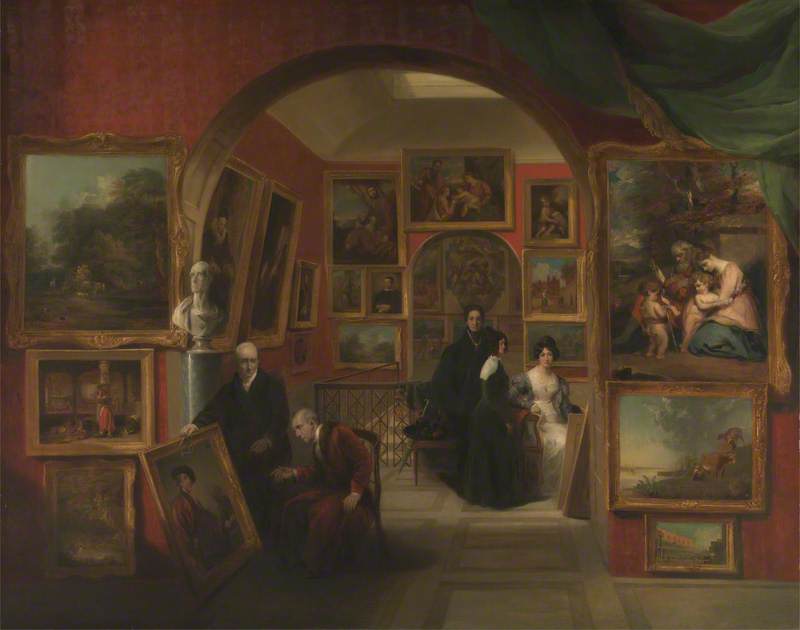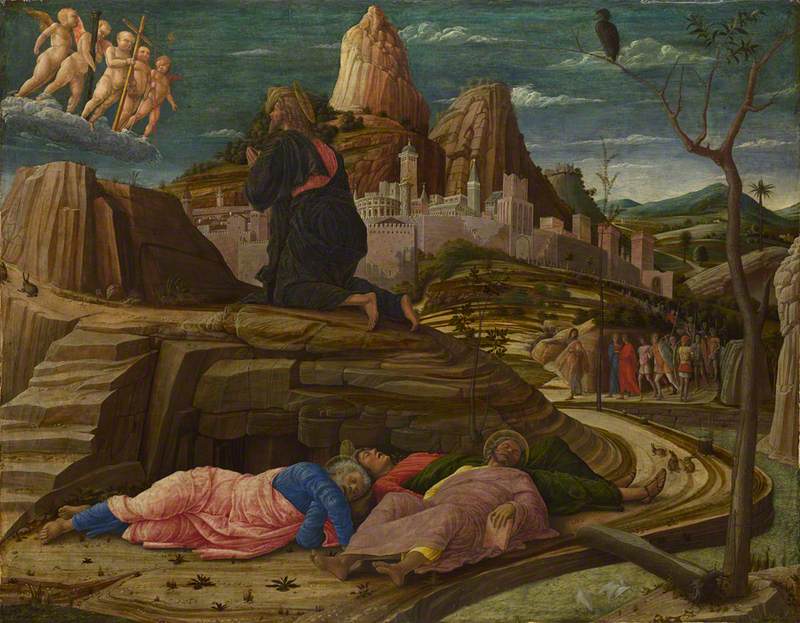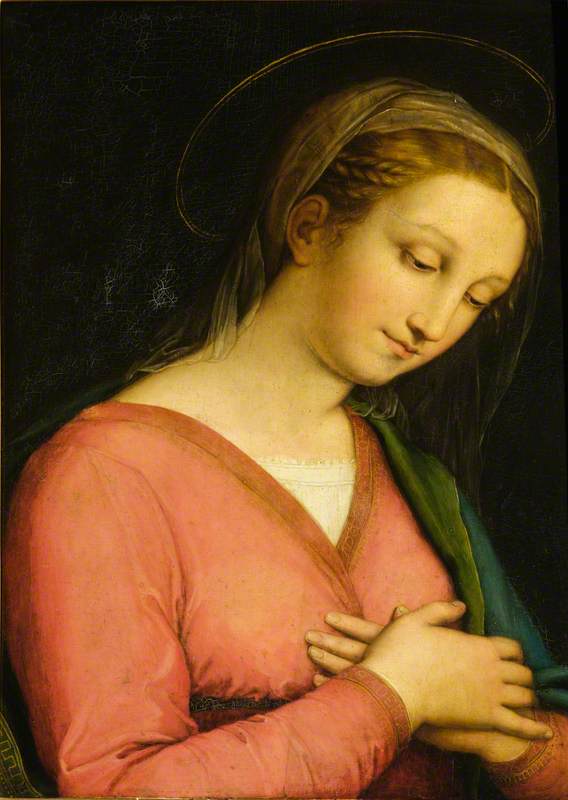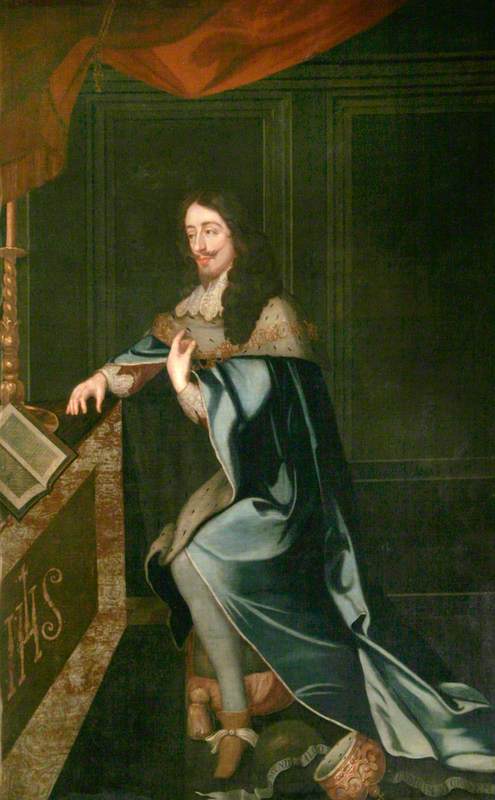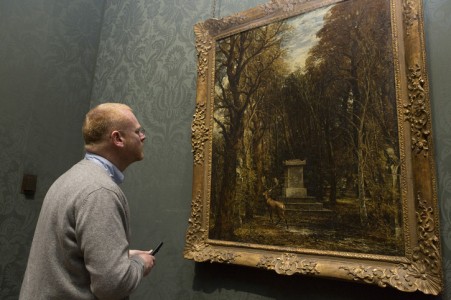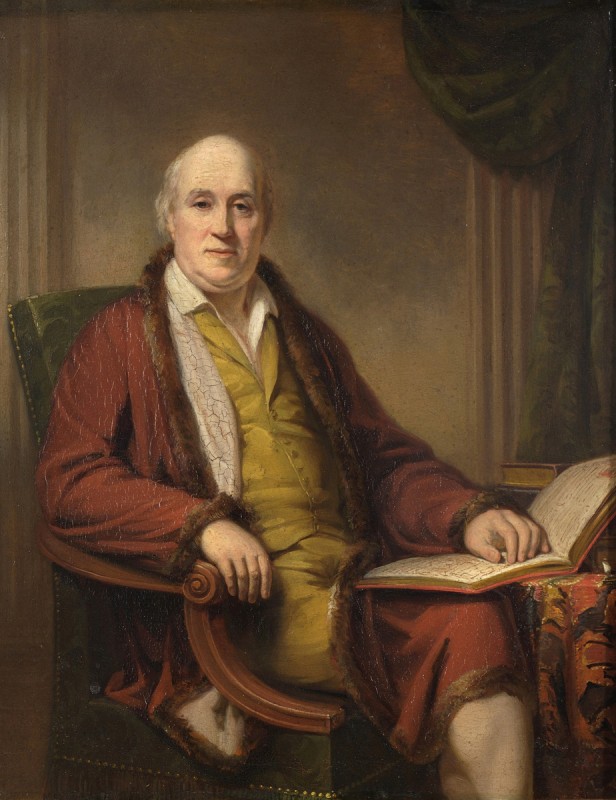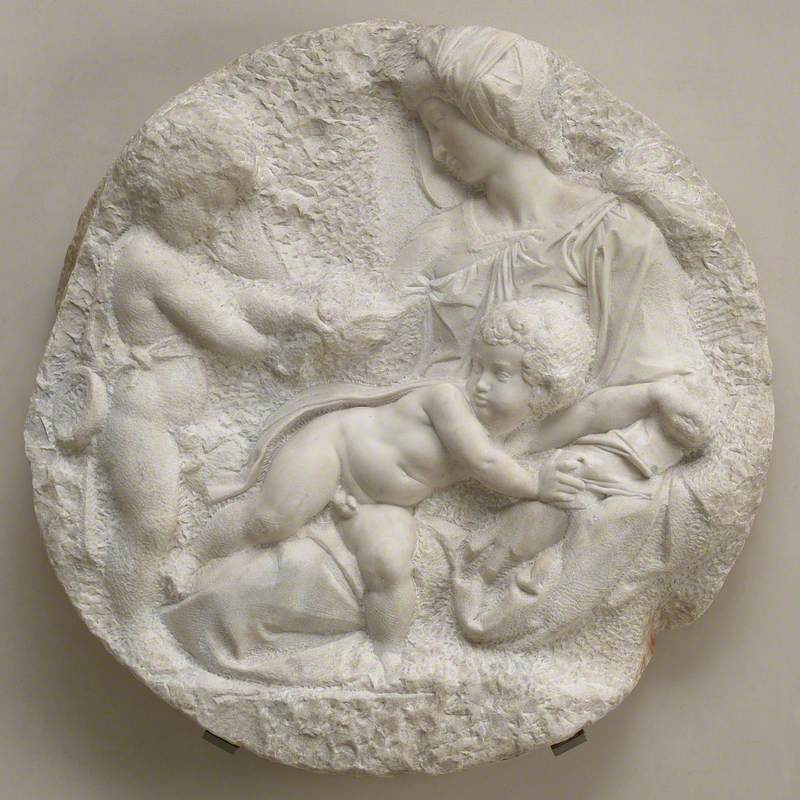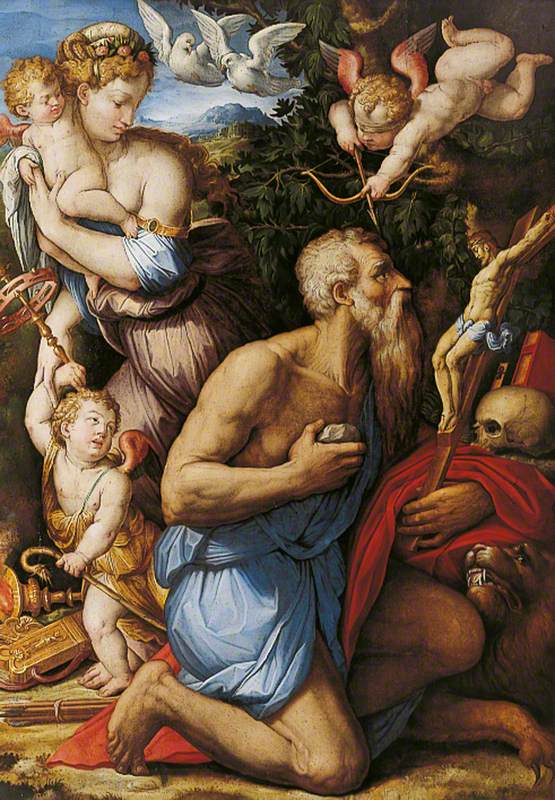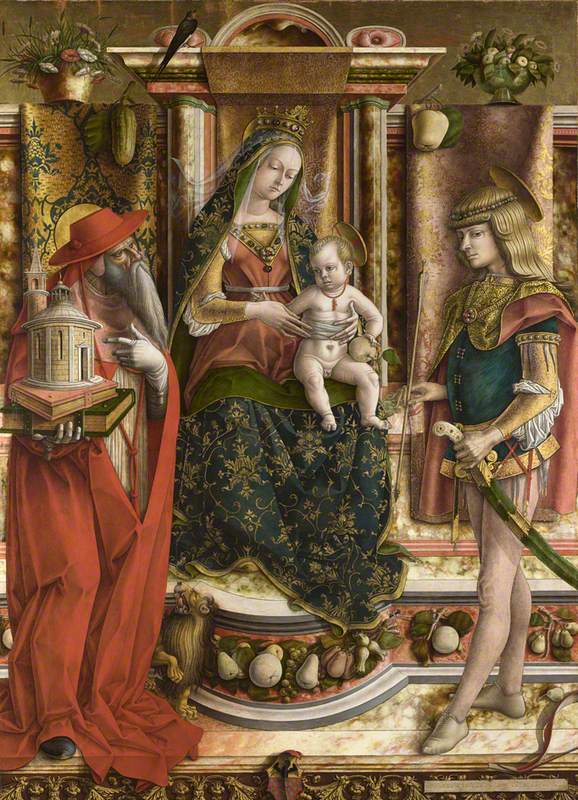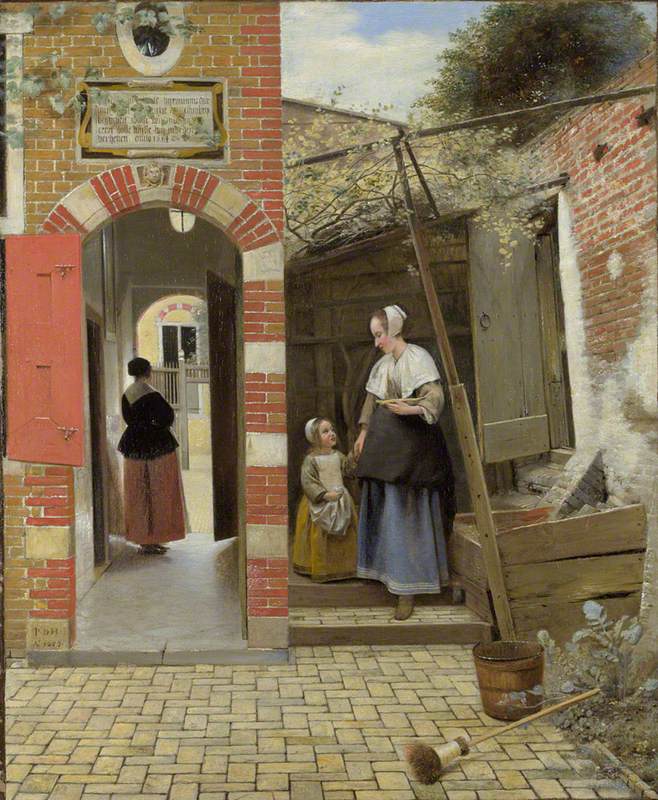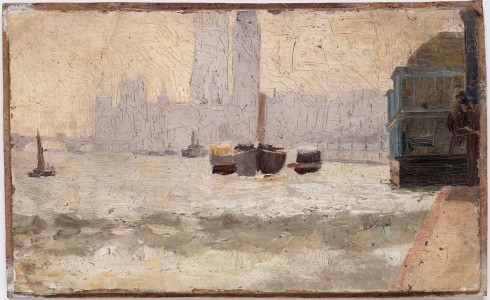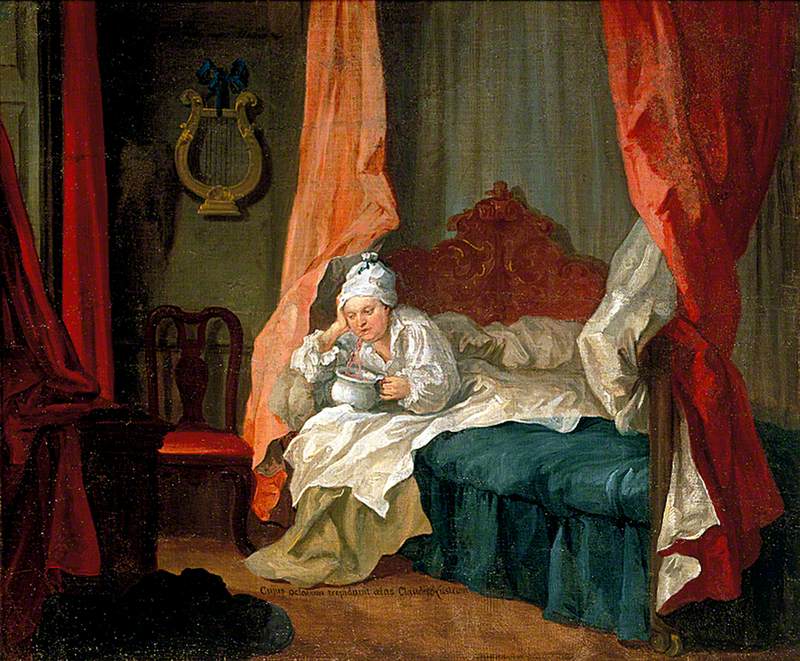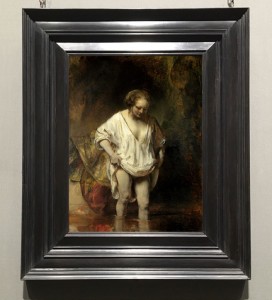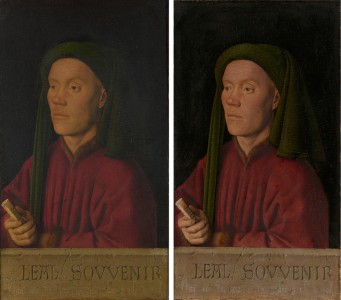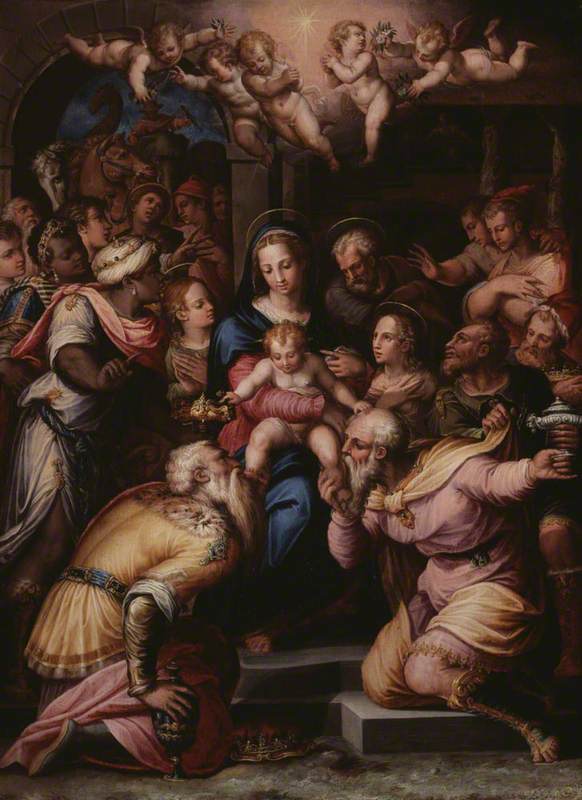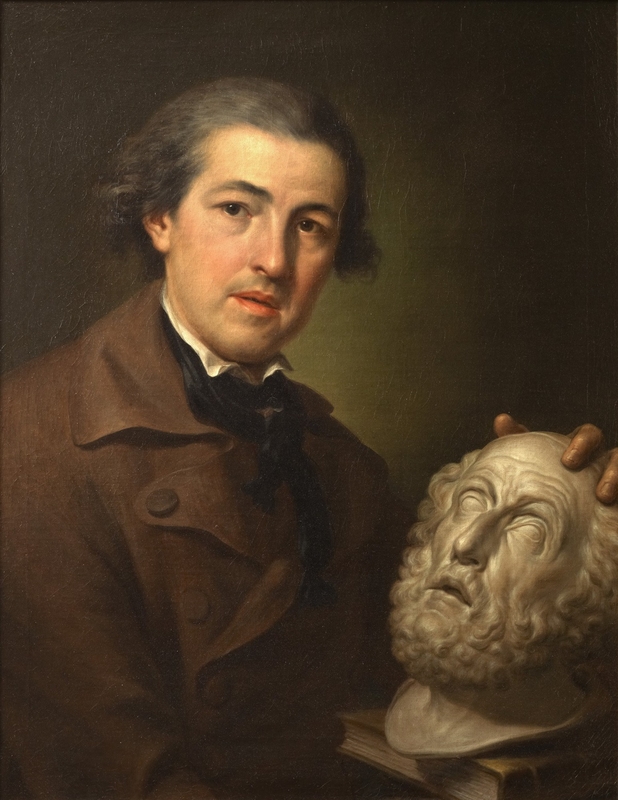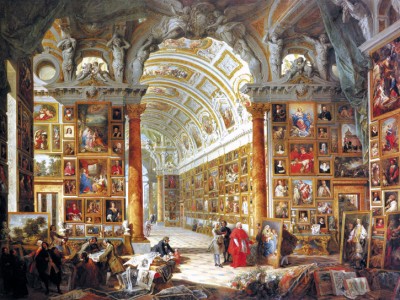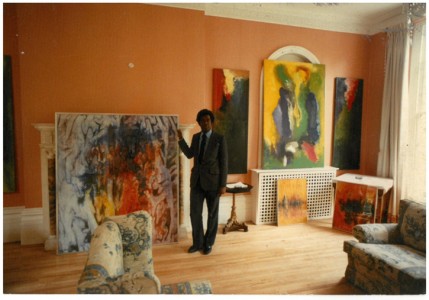If Apsley House – former residence of the Duke of Wellington – is affectionately known as No. 1, London, then it stands to reason that there must also be a No. 1 among the thousands of pictures in The National Gallery.
Yet at the time of the Gallery's foundation, there were a number of paintings that made up the collection, and not just one. In fact, it comprised 38 paintings that had formerly belonged to a Russian-born merchant and philanthropist called John Julius Angerstein (1735–1823), which were purchased by the government in 1824 to form the basis from which the collection would grow.
John Julius Angerstein, aged about 55
about 1790
Thomas Lawrence (1769–1830) 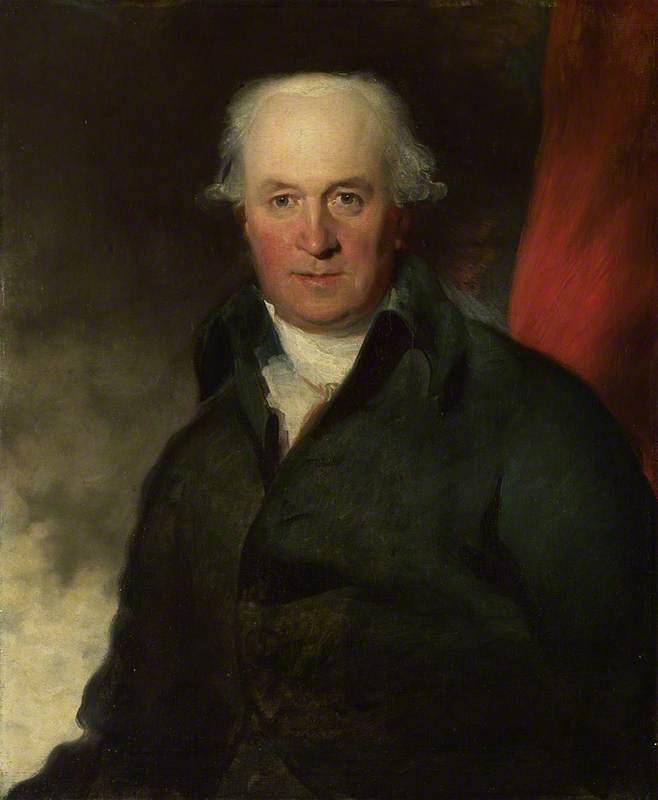
Angerstein's collection included a number of extremely distinguished paintings, including Raphael's Portrait of Pope Julius II, the six canvases of Hogarth's Marriage A-la-Mode series, and no fewer than five landscapes by Claude Lorrain, each one more beautiful than the other.
Marriage A-la-Mode: 1, The Marriage Settlement
about 1743
William Hogarth (1697–1764) 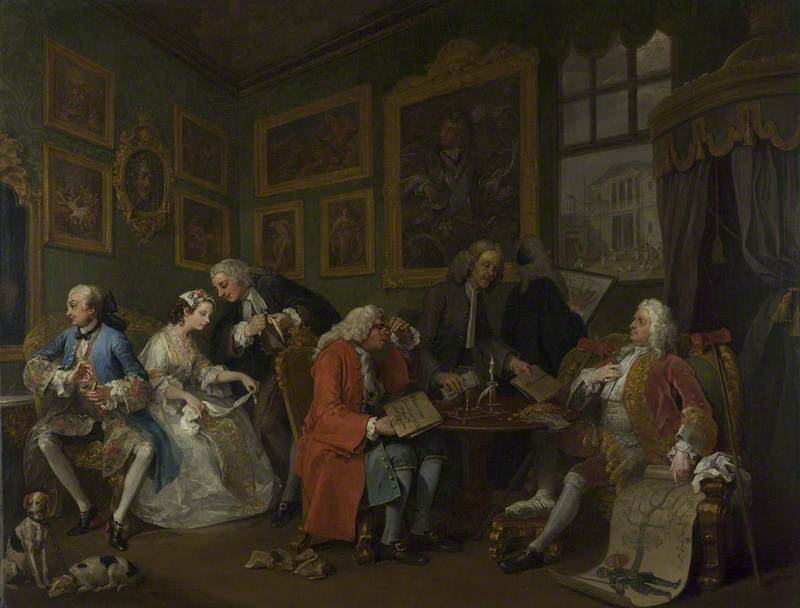
Seaport with the Embarkation of the Queen of Sheba
1648
Claude Lorrain (1604–1682) 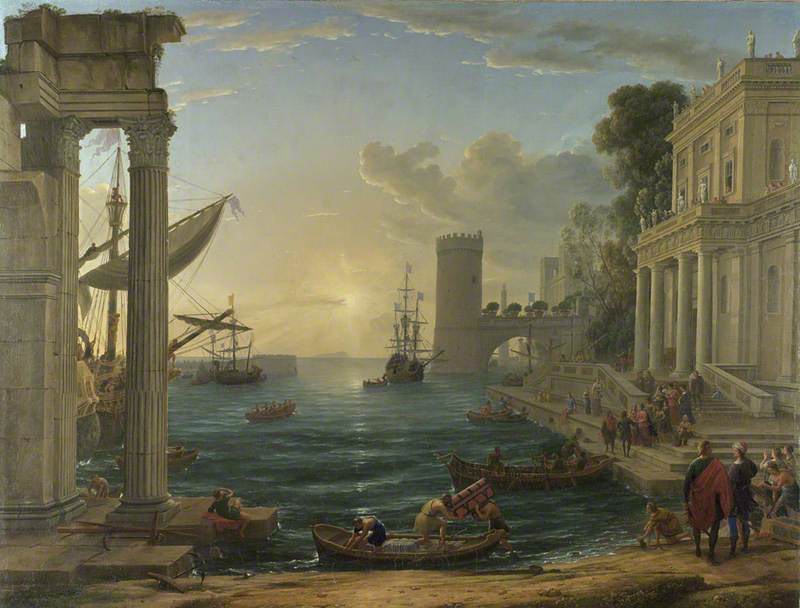
But there can never have been any doubt which of his treasures would have the singular honour of being 'NG1' – The Raising of Lazarus by Sebastiano del Piombo (1485–1547).
The Raising of Lazarus
about 1517-19
Sebastiano del Piombo (c.1485–1547) 
The painting measures an imposing 381 x 289.6 cm, which means that there is only one picture in the collection that is bigger, Guido Reni's The Adoration of the Shepherds.
It just pips at the post Van Dyck's Equestrian Portrait of Charles I, which comes in at 367 x 292.1 cm, but it is not simply its mighty scale that makes it stand out.
Equestrian Portrait of Charles I
about 1637-8
Anthony van Dyck (1599–1641) 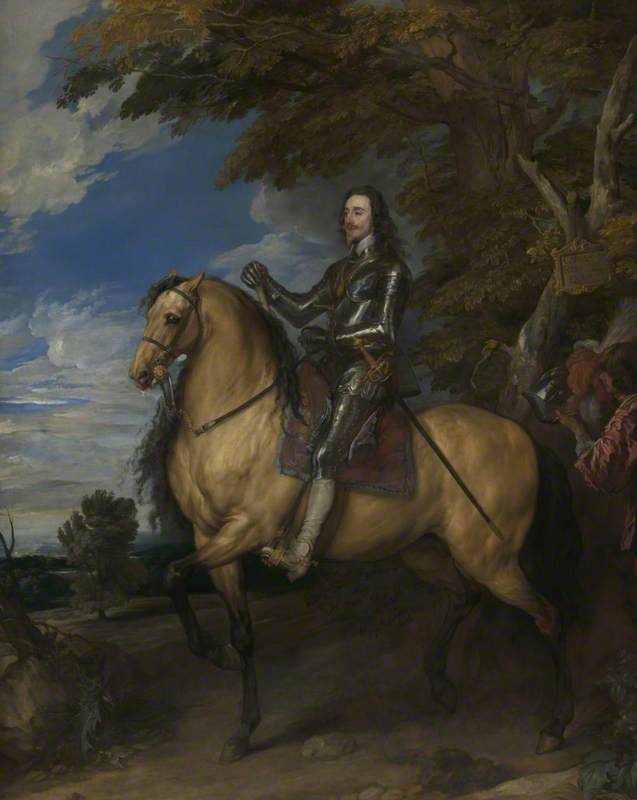
In this work, Sebastiano (who came from Venice but by this date was one of the leading masters active in Rome) knew that he was going to have to go head to head in competition with Raphael (1483–1520), and that inspired him to pull out all the stops.
The cunning plan to set them against one another had been hatched by one of the most powerful figures at the papal court: Cardinal Giulio de' Medici, who later became Pope Clement VII, and who commissioned them both to paint altarpieces for Narbonne Cathedral in France.
In the event, Raphael's Transfiguration (now in the Vatican Gallery), which turned out to be his final work, never left Rome, but the original scheme must have been for both works to be closely scrutinised and judged before they vanished forever.
Even at the time, and not just with the wisdom of hindsight, Raphael was a considerably bigger cheese than Sebastiano, but the Venetian had a not so secret weapon in his armoury.
He was a close ally of Michelangelo, who cordially loathed the younger and more glamorous Raphael, and supplied Sebastiano with drawings for the central figure group, some of which survive.
At the same time, the final work is very much Sebastiano's own creation, not least thanks to the radiant colours of the draperies and the evocative subtlety of the distant landscape.
Room three, showing 'The Raising of Lazarus' and 'Pope Clement VII'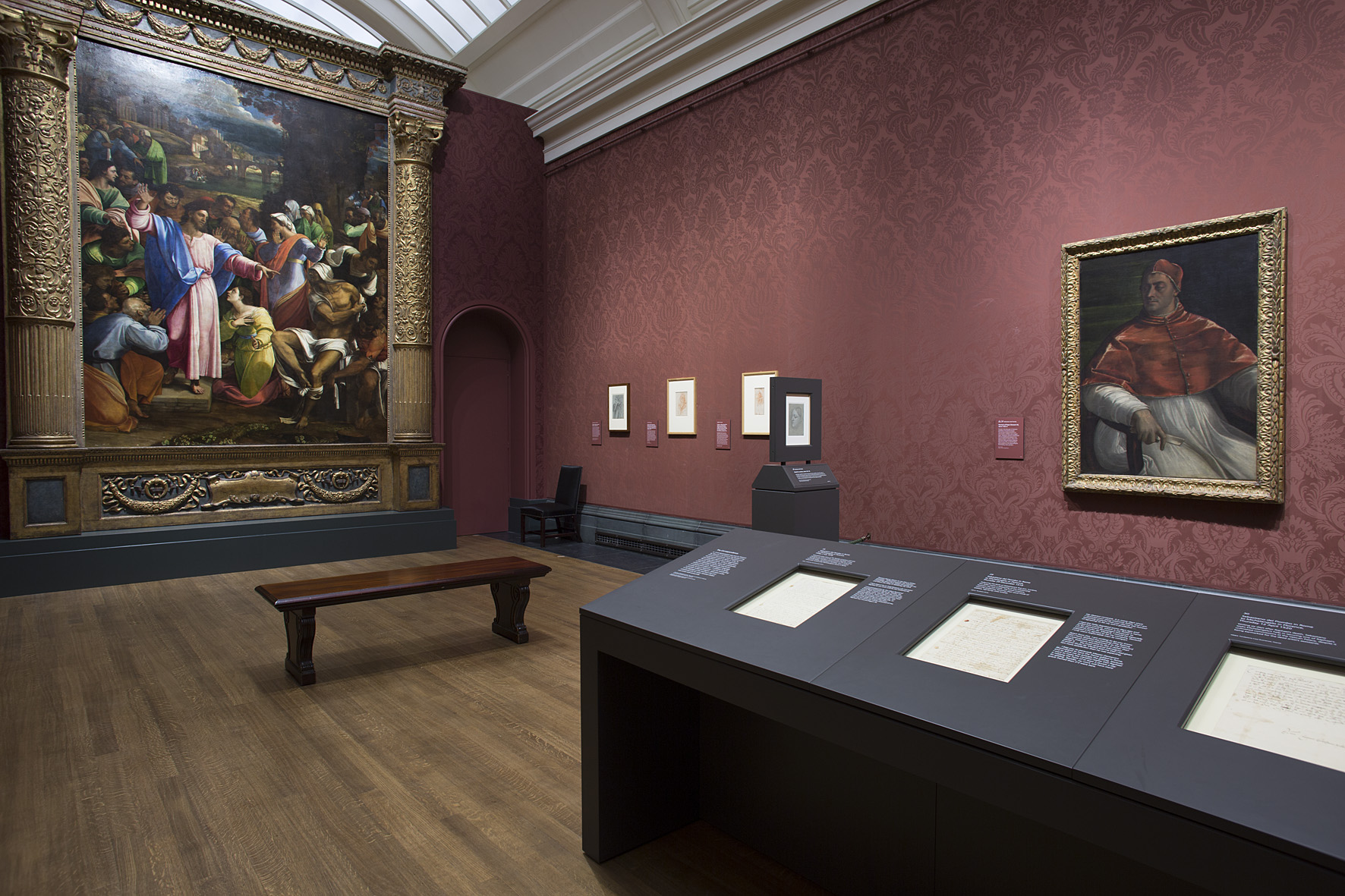
Back in 2017, The Raising of Lazarus was one of the high points of The National Gallery's exhibition 'Michelangelo & Sebastiano', and was on display with a whole host of other masterpieces by both artists.
Now on display in Room 32, and inhabiting a spectacular new frame in period style, it has quite simply never looked better, so even its old friends should pay it another visit.
David Ekserdjian, Professor of History of Art and Film at the University of Leicester
